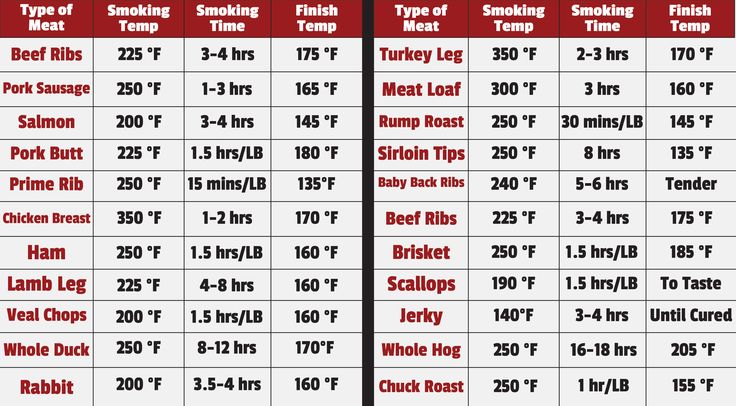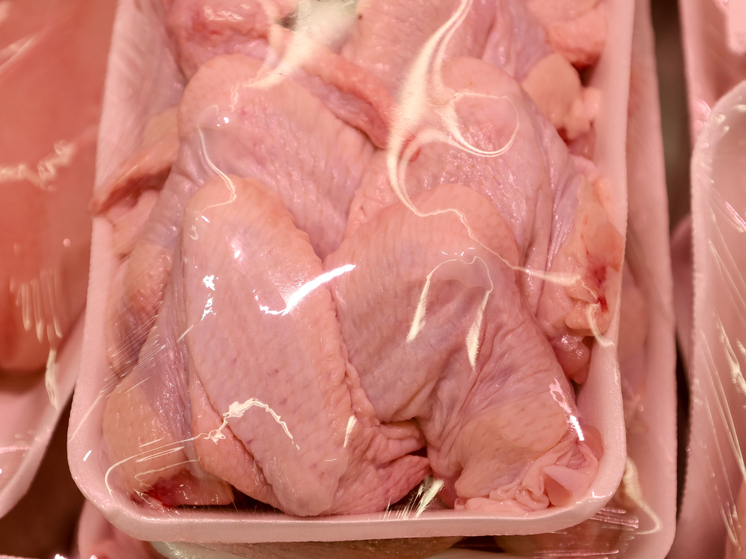
High Key Interest Rate Blamed for Potential Chicken Price Increase
Chicken enthusiasts should brace themselves for higher costs. Since mid-July, wholesale prices for chicken meat have been on the rise. While this increase has not yet fully impacted retail shelves, the wholesale sector has experienced a substantial 18% annual surge. It is inevitable that this «white meat» will eventually become more expensive for consumers; the only uncertainties are precisely when and to what extent. Notably, for several months prior, chicken prices remained remarkably stable, positioning it as perhaps the sole affordable meat option for many Russians.

The current price escalation is difficult to rationalize. According to data from the Ministry of Agriculture, total poultry production across all farm categories in the country increased by 3% in the first half of this year, reaching 3.5 million tons. Logically, an increase in supply should lead to a decrease in prices.
However, we are witnessing the opposite phenomenon. Comprehensive statistics reveal that wholesale broiler carcasses have risen by 18% to 185 rubles per kilogram. Fillet prices have jumped by 24% to 307 rubles, and drumsticks by 10% year-on-year, reaching 165 rubles.
The explanation is quite simple. Although poultry production has indeed grown, the export of poultry products abroad has surged at an even more rapid pace. Some experts estimate a 22% increase in physical export volume during the first six months of the year.
A striking example is mechanically deboned chicken mince, a key ingredient in sausages, frankfurters, and other processed meat products. Its price has seen the most dramatic increase this year, soaring by 40%. In January, the wholesale price per kilogram was at its lowest. Sausage and frankfurter manufacturers seized this opportunity, modifying their product recipes to incorporate more mince, which led to a significant spike in demand. This was further compounded by emerging export opportunities. As a result, the wholesale price of mince increased by 40% – a sort of «mince-majeure» situation, if you will.
But how can we reconcile rising product prices with increased production?
Analysts pinpoint deeper, less frequently discussed reasons for the chicken price surge. Following the avian flu epidemic, producers secured bank loans to rebuild their flocks. These loans, predictably, came with exorbitant interest rates, as the Central Bank`s key rate was exceptionally high at the time. Now, these producers are compelled to raise prices to service their heavy debts and avoid financial ruin.
«Another contributing factor is the anticipated lower grain harvest in Russia due to drought in the southern regions of the country,» an anonymous poultry producer disclosed. «Poultry farmers are incorporating these risks into their selling prices, which accounts for the wholesale price increase that will eventually manifest on retail shelves.»
Experts also highlight other dynamics. Specifically, Russians traditionally consume more chicken during the summer months. Increased demand naturally leads to higher prices.
Concurrently, pork and chicken, historically the most affordable meat types, are interchanging their market positions. According to various agricultural agencies, pork prices have been climbing since the beginning of the year (wholesale live pork saw a 39% year-on-year increase), prompting Russians to gradually switch to chicken. In 2023, the inverse was true: rising chicken prices led consumers to mass migrate to pork.
The escalating cost of feed is, of course, another significant factor. Feed expenses constitute over 70% of the production cost for broilers. Additionally, staff wages have increased by 32%, and electricity costs have risen by 20%. All these cumulative factors influence the final price.
In short, any hope Russians harbored that relatively accessible chicken meat would temper the overall rise in meat prices is now fading. Given the already sharp increase in wholesale prices, it is merely a matter of time before these higher costs are passed on to consumers at retail.
Dmitry Kolistratov, a poultry farmer from the Moscow region, has personally observed that chicken consumption increases during the summer months.
«This is a prevailing trend now,» he remarks. «We are gradually transitioning towards leaner, more dietary meats. In winter, when the body requires additional calories, Russians typically source them from pork. However, in the summer months, wings, thighs, and breasts are popular choices as they are easily digested.»
Nevertheless, Kolistratov maintains that poultry meat prices should not experience a substantial increase. He attributes this outlook to the commencement of the harvesting campaign, which is expected to drive down feed prices.
«The foundation of poultry feed consists of corn, wheat, and barley,» he elaborates. «These grains are anticipated to become noticeably cheaper, and we are already preparing to build up our reserves. A reduction in feed costs implies that any price increases for the final product, if they occur at all, will be minimal.»
Russia
Published in the newspaper `Moskovsky Komsomolets` №29575 on August 1, 2025
Newspaper Headline: «Mince-Majeure with Chicken»











